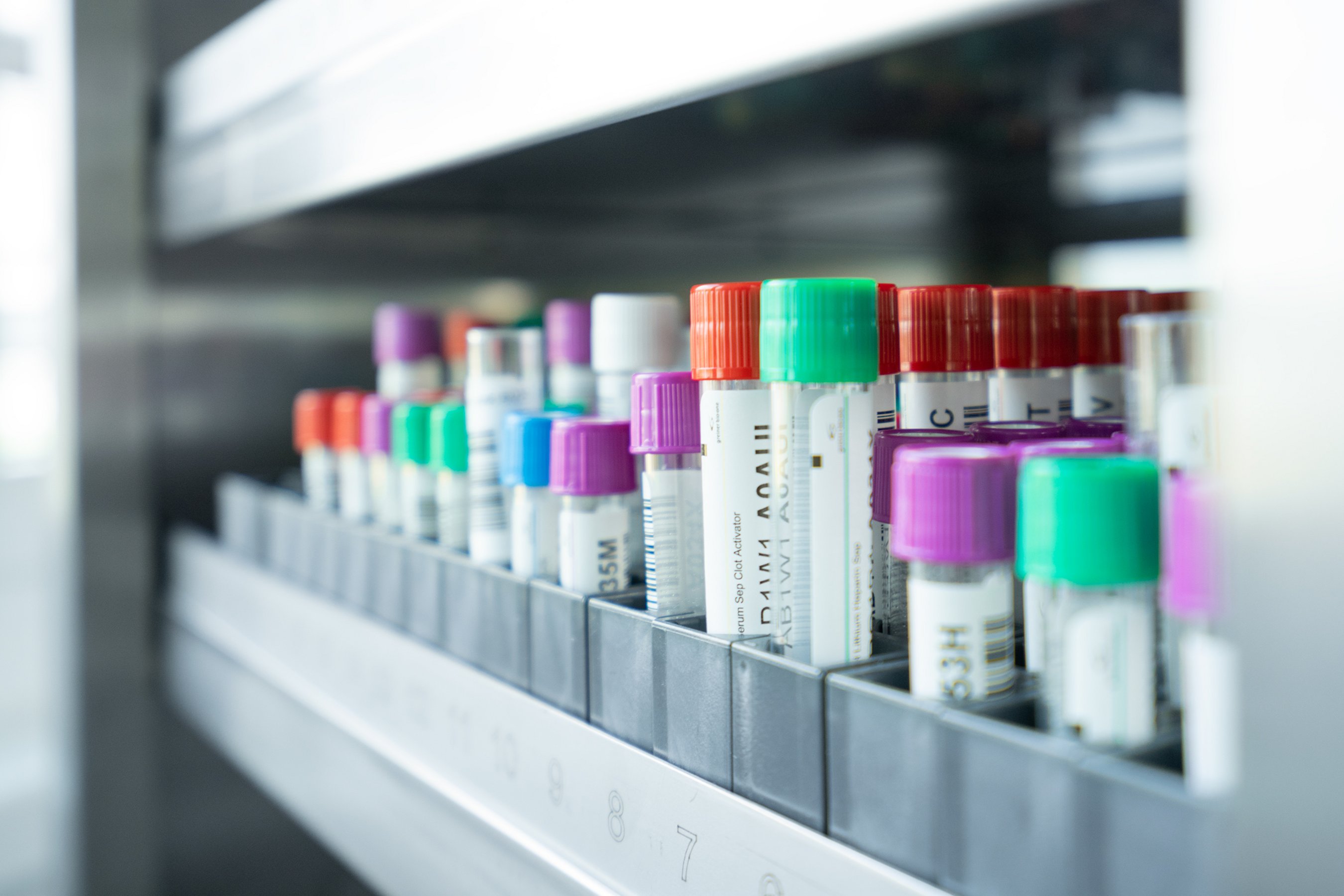Artificial intelligence in laboratory processes
Since 20 years STIWA concerns itself with the digitalization of medical laboratory processes, so it can continue optimizing processes and minimize mistakes.
Since 20 years STIWA concerns itself with the digitalization of medical laboratory processes, so it can continue optimizing processes and minimize mistakes.
For 20 years, STIWA has been working on the digitalisation of medical laboratory processes in order to further optimise procedures and minimise errors. However, standard algorithms cannot eliminate all sources of error. Particularly in the area of laboratory orders, manual post-processing is still required for around 10% of the data. STIWA now wants to close this gap with the help of artificial intelligence.
One important customer of STIWA laboratory automation is SYNLAB, Europe's leading provider of medical diagnostic services. "In the German market alone, we currently process around 500,000 laboratory orders per week for SYNLAB. Experience shows that many order forms are still forwarded analogously from doctors to laboratories. This will not change in the next few years. It is also challenging that every hospital, every doctor can use his or her own form. This means that around 6,000 different application variants flow into our digitisation software - with a correspondingly high potential for error sources," outlines Roland Wingelhofer, Business Unit Manager STIWA Laboratory Automation. At the latest, high expenses arise during billing due to incorrect insurance numbers or wrongly prescribed analyses. "Apart from the financial aspect, however, it is above all central that all analysis procedures that are important for the patient can be clearly marked and carried out accordingly," says Wingelhofer.
Optimising data recognition
With the help of optical recognition processes such as OCR and OMR, the data are read in. In the meantime, the processes have been optimised to such an extent that about 90 % of these applications are accepted flawlessly. "For the remaining 10 %, however, we come up against limits with standard algorithms. For example, even optimised digitisation software like ours cannot always read out the data completely due to printer errors, illegible fonts or position errors," explains Stefan Pühringer, Product Manager STIWA Laboratory Automation. These errors are currently being reworked by laboratory staff.
AI in laboratory automation
In the future, artificial intelligence will take the place of manual post-processing: "AI can recognise an incorrect input using its own algorithms and, for example, independently expand bounding boxes to be able to read content outside the standardised text fields. AI can also be used successfully in the secure recognition of signatures. The goal is to reduce rework to a minimum and thus also to further reduce the throughput time of samples in the laboratory process," says Pühringer.
Reeds research project
Within the framework of "Reeds", STIWA Laboratory Automation is working together with the SCCH, Software Competence Centre, on the integration of artificial intelligence into the laboratory process. This does not involve real data but transfer learning models, i.e. data from other problems. "We are also cooperating with SYNLAB in this project. In this way, we ensure that the results from the research project are immediately applied in real life. We want to be ready for the market by next year," says Wingelhofer.
